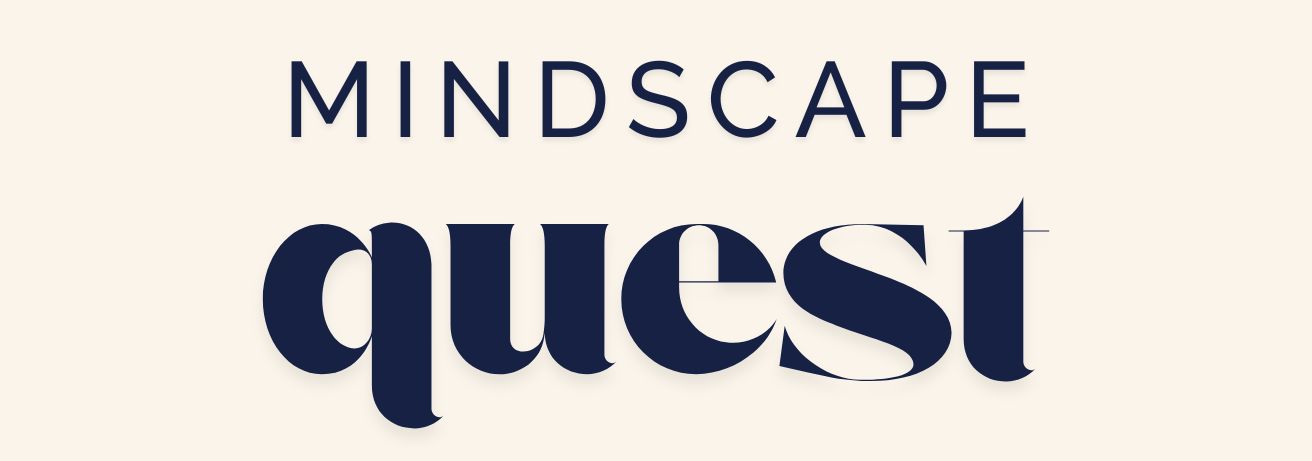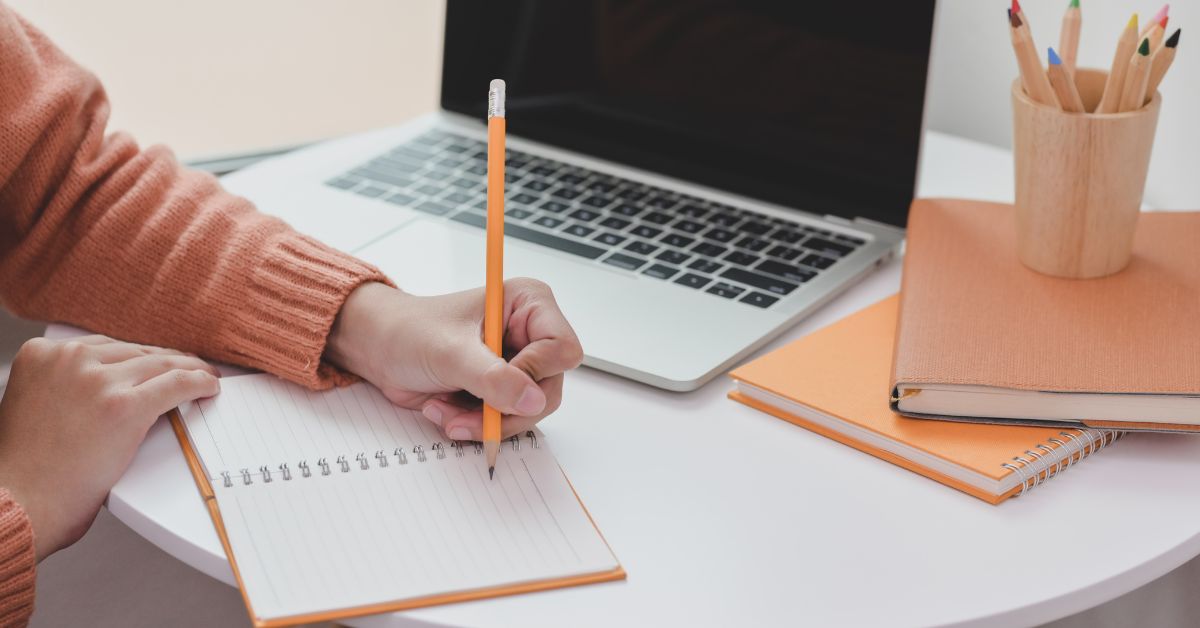Introduction to Breathing Techniques for Anxiety
Anxiety is a common challenge that many people face, and finding effective ways to manage it can be crucial for mental and physical well-being. Breathing techniques are a simple yet powerful tool that can help alleviate anxiety symptoms. By focusing on the breath, individuals can calm their minds and bodies, leading to a more peaceful state. This article explores various breathing techniques, including diaphragmatic breathing, and offers insights into how these practices can naturally relieve anxiety.
Understanding Diaphragmatic Breathing
Diaphragmatic breathing, often referred to as “belly breathing,” is a technique that involves deep breathing from the diaphragm rather than shallow breathing from the chest. This method encourages full oxygen exchange, which can slow the heartbeat and stabilize blood pressure. The process is simple: inhale deeply through the nose, allowing the diaphragm to expand fully, then exhale slowly through the mouth. This technique can be practiced anywhere and is particularly beneficial for reducing stress and anxiety.
Research shows that diaphragmatic breathing can activate the parasympathetic nervous system, promoting relaxation and reducing the body’s stress response. Regular practice can lead to significant improvements in overall mental health, making it a valuable tool for those struggling with anxiety.
How to Relieve Anxiety Naturally
In addition to breathing techniques, there are several natural methods to relieve anxiety. These approaches focus on holistic well-being and can be easily integrated into daily life:
- Physical Exercise: Regular physical activity releases endorphins, which can improve mood and reduce stress.
- Mindfulness Meditation: Practicing mindfulness can help individuals stay present and reduce anxious thoughts.
- Aromatherapy: Essential oils like lavender and chamomile have calming effects that can alleviate anxiety symptoms.
- Balanced Diet: Consuming a diet rich in whole foods, lean proteins, and healthy fats can support mental health.
By incorporating these natural strategies, individuals can create a comprehensive approach to managing anxiety without relying solely on medication.
The Science Behind Breathing Techniques
Scientific research supports the effectiveness of breathing techniques in managing anxiety. Studies have shown that controlled breathing can alter the body’s physiological response to stress. Techniques like diaphragmatic breathing increase the oxygen supply to the brain, which enhances cognitive function and reduces feelings of anxiety.
Moreover, breathing exercises can influence heart rate variability (HRV), a marker of the nervous system’s adaptability. Higher HRV is associated with better stress management and emotional resilience. By practicing breathing techniques regularly, individuals can improve their HRV and enhance their ability to cope with anxiety.
Implementing Breathing Techniques in Daily Life
Incorporating breathing techniques into daily routines can be a seamless and rewarding process. Here are some practical tips to get started:
- Set Aside Time: Dedicate a few minutes each day to practice breathing exercises, ideally in a quiet and comfortable space.
- Use Guided Sessions: Many apps and online resources offer guided breathing sessions that can help beginners learn the techniques effectively.
- Practice Consistency: Regular practice is key to experiencing the full benefits of breathing techniques. Consistency helps reinforce the habit and makes it easier to access these tools during moments of anxiety.
By making breathing exercises a regular part of life, individuals can cultivate a greater sense of calm and focus, enhancing overall well-being.










